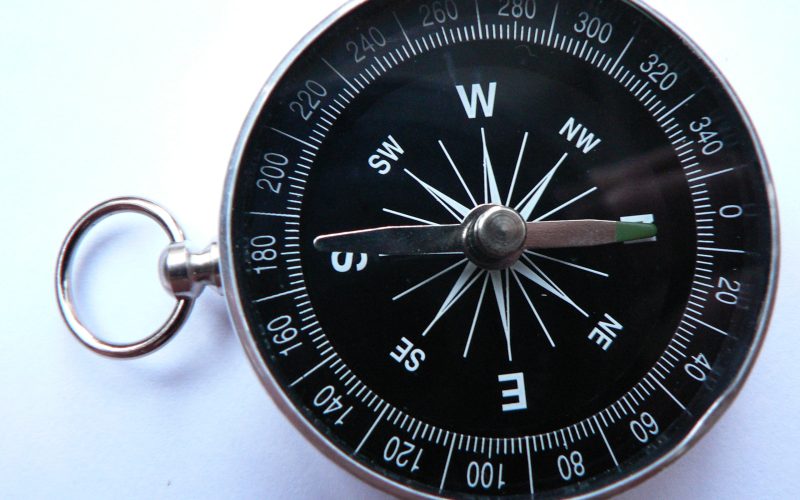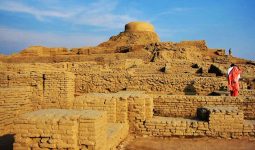We will examine the different types of compass kinds and determine which are most suited to activities such as trail running, day hikes, and longer excursions.
Additionally, there are many types of Compass, so you might need help deciding which one to get for your trekking trips.
Meanwhile, a compass is an essential tool for outdoor navigation. Our buying guide to the best compasses will assist you in selecting the right one.
Furthermore, A good compass, which usually has a needle pointing north, can help you take a bearing and head in the right direction in poor visibility when combined with a good topographical map.
Furthermore, Magnetic and non-magnetic compasses are the two main types of Compass, and both should be carried in your hiking bag.
This is easily achieved, as you probably already have at least one with you everywhere you go.
Well, the different types of Compass are;
1. Magnetic Compass
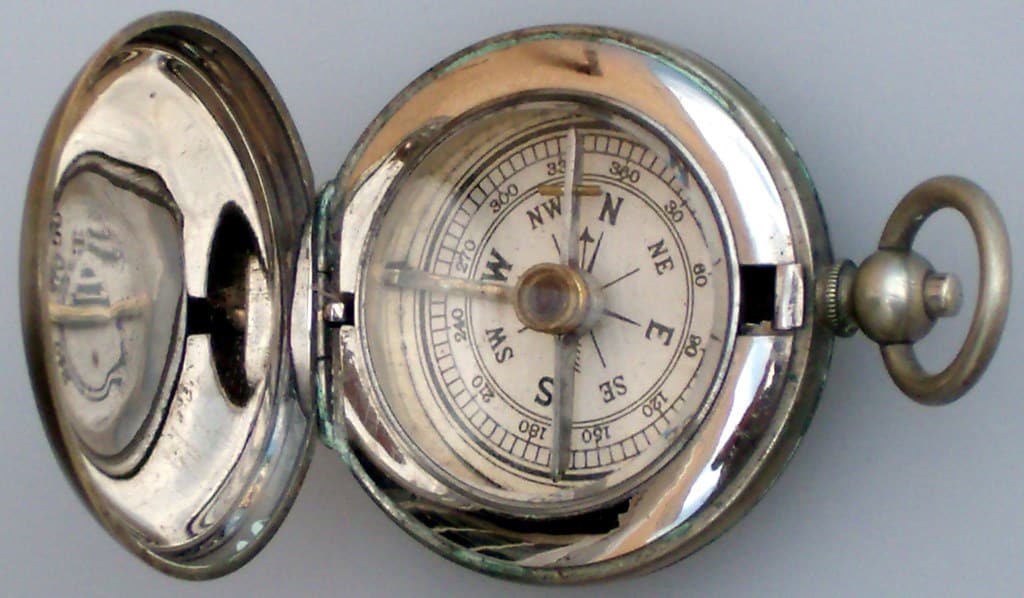
Magnetic compasses have a magnetic element (like a needle or a card) that aligns with the Earth’s magnetic field to point north.
True north, grid north, and magnetic north are three different types of north. True north is the imaginary line from your location directly over the North Pole.
The vertical lines comprising the squares on a topographical map also give the grid north.
Magnetic north is what magnetic compasses use, and its exact location changes with the Earth’s magnetic field.
Knowing how to adjust for magnetic declination is helpful for precise navigation.
2. Prismatic Compass or Lensatic Compass
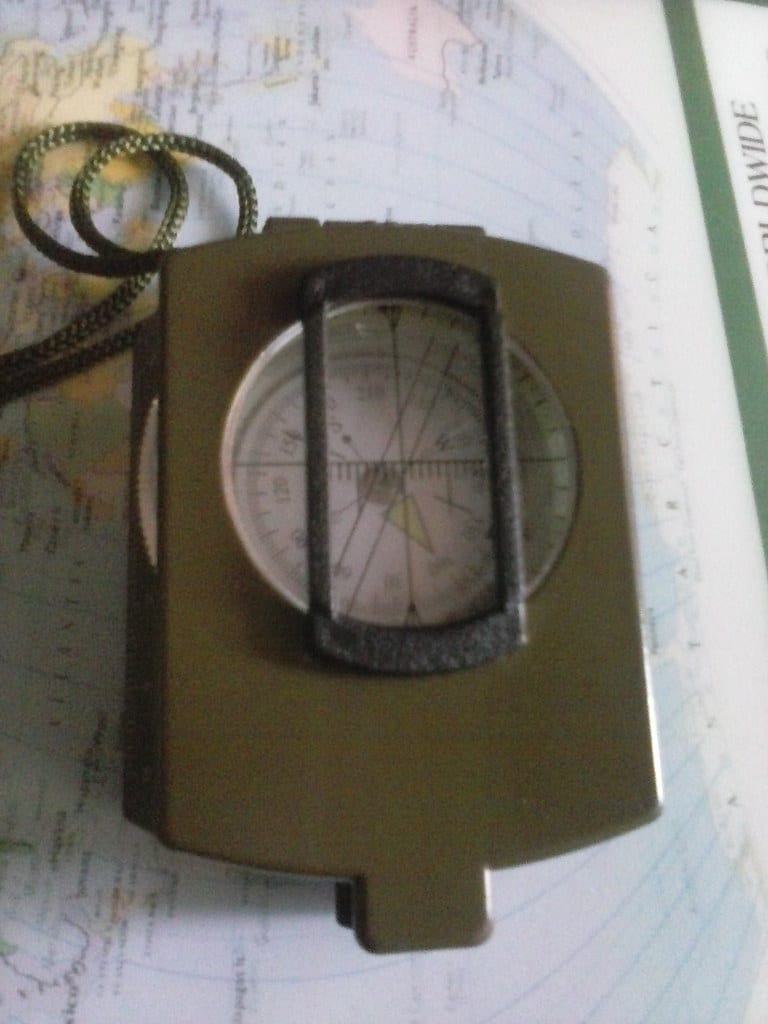
A prismatic compass or lensatic compass is another type of compass. For lining up with an object whose bearing needs to be determined, prismatic or lensatic compasses are used.
Furthermore, a prismatic compass has a hairline lid and a glass prism or lens. This Compass style has a magnifying lens for map reading, a light for low-light conditions, and a ruler. It’s frequently used for military or plotting purposes.
Additionally, a prismatic compass is a surveyor’s hand compass with peep sights and a triangular glass prism arranged so that the magnetic bearing.
A line’s azimuth can be read through the prism from a circular graduated scale, and the line can be sighted over at the same time.
Furthermore, it is called a prismatic compass because it is made of a triangular prism used to make more precise measurements. A traverse line is usually run with a compass.
The Compass determines line bearings about the magnetic needle. In the case of clockwise and anti-clockwise traverses, the included angles can be quickly resolved using appropriate formulas.
Surveyors take two bearings for each survey line in the traverse: fore bearing and back bearing, which should differ by 180° if the local attraction is negligible.
3. Thumb Compass
A thumb compass is smaller and less complicated than a base plate compass, making it excellent for trail runners and hikers on well-worn paths.
As its name suggests, it also hooks the user’s thumb and takes up very little space in a hydration pack. It’s not as complicated as a base plate compass, but it’ll quickly get you oriented to a map.
4. Surveyor Compass
Surveyor compasses are among the most widely used types of Compass. Surveyors frequently use them to measure horizontal angles and determine the magnetic bearing of a line of sight.
A pivoted magnetic needle, a graduated horizontal circle, and a sighting device make up the Compass.
Additionally, the magnetic hand swings freely over the horizontal process divided into 360 degrees.
A pair of sights on the Compass’s north-south axis determines the horizontal angle. They’re usually attached to a tripod and leveled with a ball-and-socket system.
5. Base Plate Compass
A base plate compass, often known as an Orienteering compass, is a liquid-filled compass mounted on a rectangular transparent plastic foundation that allows a map to be read.
It usually comes with a magnifying lens for reading maps, a light for low-light situations, and a ruler. It’s frequently used in plotting.
6. Solid State Compass
These types of Compass, found in digital clocks, mobile phones, and tablets, are becoming increasingly popular among seagoing vessels.
They use magnetic field sensors to input the device’s orientation onto a microprocessor.
7. GPS Compass
The Global Positioning System (GPS) is its full name. A GPS compass is a compass that employs satellites in a geosynchronous orbit over the Earth to reveal the exact location and direction of the bearer’s movement.
Furthermore, the cardinal directions can be computed using GPS compass devices that correctly determine the positions (latitudes, longitudes, and elevations) of the antennae on the Earth.
8. Astro Compass
Astro compass is also one of the different types of Compass. An astrocompass uses the locations of numerous celestial bodies to find the true north.
It is utilized in polar regions where magnetic compasses and gyrocompasses are unstable.
It makes use of the current time as well as geographic coordinates (latitude and longitude).
However, this information is sighted onto any astronomical object with a known position to give an exceptionally accurate reading.
9. Gyro Compass
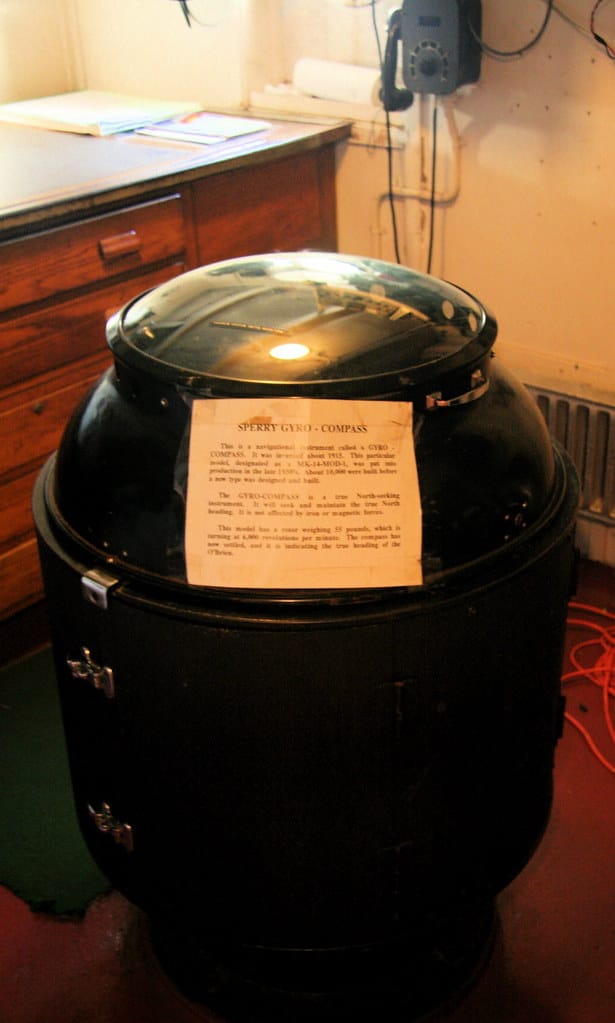
A gyrocompass is a type of gyroscope that uses an electrically powered, fast-spinning gyroscope wheel and frictional forces, among other things, to identify true north using basic physical laws, gravity’s effects, and the Earth’s rotation.
10. Qibla
Muslims use the Qibla compass to determine the direction of Mecca so that they can pray in the correct direction. Additionally, the direction for performing prayer in Islam is known as qibla, and it points towards Mecca, particularly the Ka’abah.
11. Liquid Compass
Liquid Compass is also one of the different types of Compass used today. It’s a sort of Compass in which a magnetic needle or dial and the compass card are mounted on a pivot inside a liquid-filled capsule.
The liquid is usually mineral oil, lamp oil, ethyl alcohol, white spirits, or purified kerosene.




